The winery that’s chosen to coexist with nature
How Canada’s Garnet Valley Ranch has interspersed its vineyards and farmland with plenty of space for nature to thrive.

British Columbia, Canada’s westernmost province, has a reputation for being rainy. But even in drought-free times, that stereotype doesn’t apply to the drier parts of the province’s interior, including the Okanagan Valley. While not technically a desert, this region certainly comes close, with between 250 and 400 mm of precipitation per year. In fact, it is one of the hottest and driest ecoregions in Canada, with the species to match: think sagebrush, rattlesnakes and even cacti.
It’s also one of British Columbia’s most important agricultural regions, historically known for fruit but also, in recent decades, branching out to become a top wine producer.
The valley – and ecoregion– is not large on the scale of Canada, roughly 200 km long by 20 km wide. And wineries make up almost 10,000 acres of that land, representing a huge opportunity for farmers to coexist peacefully with nature and prioritize rewilding.
One couple, wife-and-husband team Christine Colleta and Steve Lornie, may have discovered how to do just that. In 2011, on the search for space to open a winery, they came across a stunning 320-acre property outside a town called Summerland that they immediately knew they wanted to steward and protect. With the help of the organization Okanagan Similkameen Stewardship (OSS), which works directly with local residents to care for important natural areas, they began the process of rewilding. Between 2016 and 2019, the OSS planted 2,100 native trees and shrubs on the property and have since been doing invasive plant management there.
Steve and Christine continue to be inspired by this work, and have committed to running Garnet Valley Ranch while leaving plenty of room for nature to thrive. Here are some of their thoughts on the journey.

Can you describe the land at Garnet Valley Ranch and how you came to be stewards of it?
Christine: Late in 2011, Steve was wandering around looking for property and he ended up at Garnet Valley Road in Summerland. I told him not to bother because it was a dark, steep, dismal valley. But he never pays attention to me. So he went up there anyway.
What we didn’t know was that there was this spectacular 320-acre parcel that was a huge open bowl surrounded by native habitat. And it had never been farmed with herbicides and pesticides. That was the “aha moment” when we discovered that parcel, because there aren’t that many large tracts of land like that [left] in the Okanagan.
What made you decide to preserve it and add more native habitat?
Steve: The property contains just about every possible landform or biodiversity area that exists in the Okanagan. And there was one area that was a little bit swampy. It had been a hayfield for probably 40 or 50 years. We thought that because of the proximity to Eneas Creek, this swampy hayfield ought to be returned to its natural habitat. It was well in excess of five acres. Mother Nature started grabbing it back. Bit by bit, the cattails started popping up, and then Okanagan Similkameen Stewardship approached us and said, “What if we come and plant a bunch of native trees and shrubs?” We said, “Go at it!” They planted cottonwood trees and red alders, things that would typically grow by a stream.


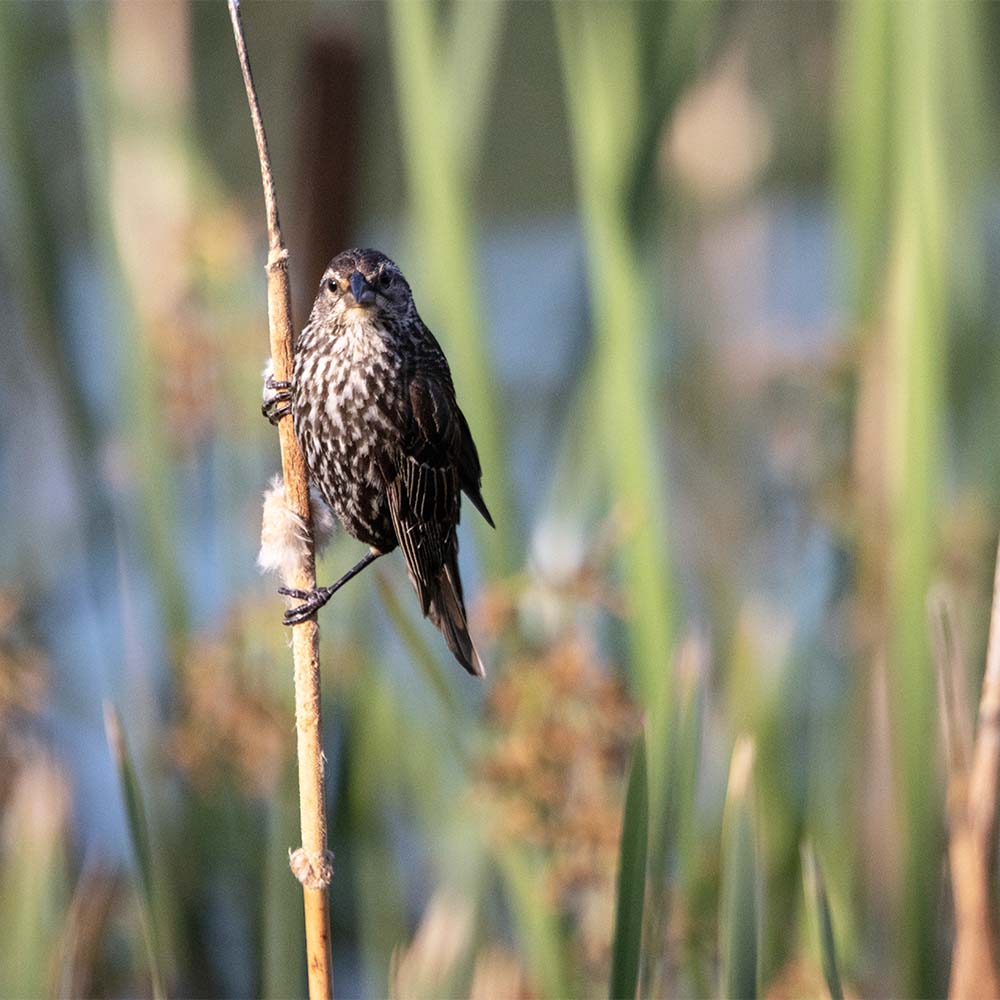

Photos: Stephanie Seaton
Christine: We were aware when we bought the property that the previous owners had already preserved a creek. And then there was an old area where there had once been a pond. Steve immediately set about restoring that pond. There was a natural place for it as there was a run-off stream that had been partially diverted. Steve dug out the area, lined it with rocks that came from other parts of the property and let the stream run freely. We planted a few bullrushes while other native plants from the property such as bunch grass, basin sage, rabbit brush, Saskatoon bush and wild rose crept in over time.
What other steps did you take to care for the land?
Christine: Both wineries and vineyards can be built with a lot of infrastructure or with very little development. We were sensitive to water waste, power use and effective space use, like flexible areas that could accommodate winemaking seasonally and hospitality service during the peak tourist season. One key concern was paving as little as possible. We have only paved the road up the steep grade of the entrance. From there you will find gravel roads.

We also had a philosophy that we could only move the earth six inches up or down either way, and if it was steep or rocky, or if there was some particular tree or rock outcrop, we would leave that and work around it. When we were putting the vineyards in, we also left wildlife corridors.
The site really inspired us to take all those measures. If you’re in the Okanagan, most of the farm sites are either five or 10 acres. But an untouched [by agriculture] piece of land of this size is really unheard of, so that inspired us to look around and see what we could do to preserve it.
What was your experience before starting this business?
Christine: I don’t even want to tell you… Steve is a construction guy who builds high rises, concrete, luxury houses, warehouses.
Steve: I spent my life cutting down trees. Maybe I’m making amends.
As you went about this process, did you come upon any challenges or surprises?
Steve: One thing we have found is that the District of Summerland has been very encouraging. There is a lot of community support for anything that involves the reclamation of wild land, or regeneration of wetlands.

What do you feel was achieved? And do you have hopes for the future of the property?
Steve: I would say we’ve planted 30 percent of the property [with grapes], at the most. Pretty well everything else is going to be left in its natural state.
Christine: We’ve put three campsites on the property so people can come and stay overnight and experience it. We’ve got horseback riding with our partners next door. We have e-bike tours. We have eight acres of organic vegetables that are grown on the site. The look on people’s faces when they pull a carrot out of the ground and we take them over to the spigot to wash it and they eat it – they've never had a carrot that has tasted that good in their entire lives.
I think the more we can show people the harmony of nature and the integration of farming with that, there’s just a greater appreciation for it. We understand that we are wine growers and we also understand that we need to balance that by growing food and having a biodiverse offering. We really want people to come and explore the site and appreciate it.



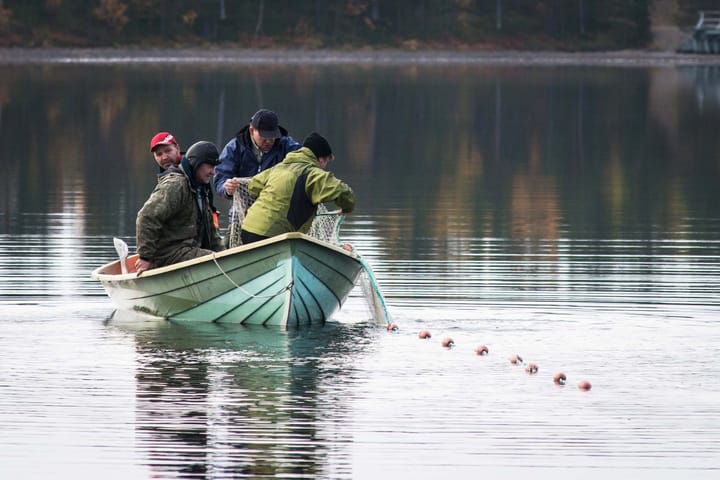


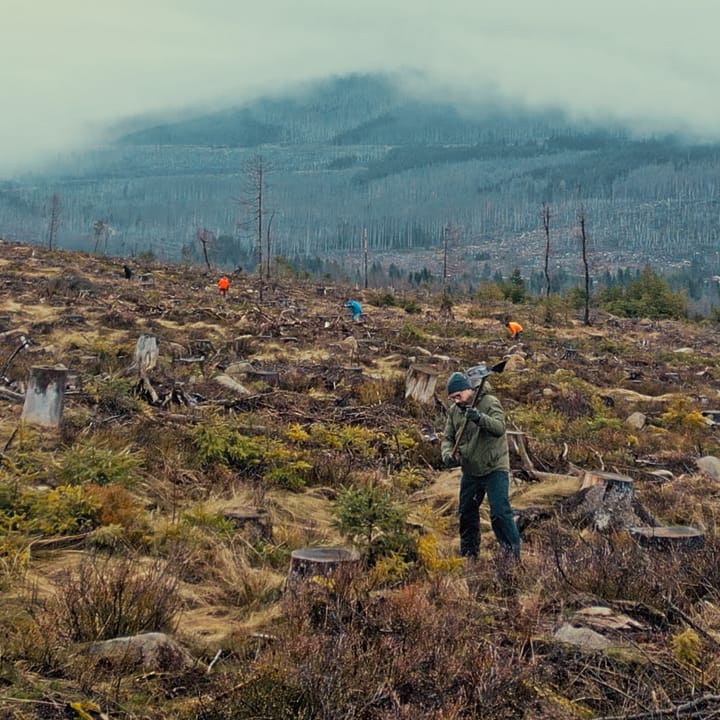
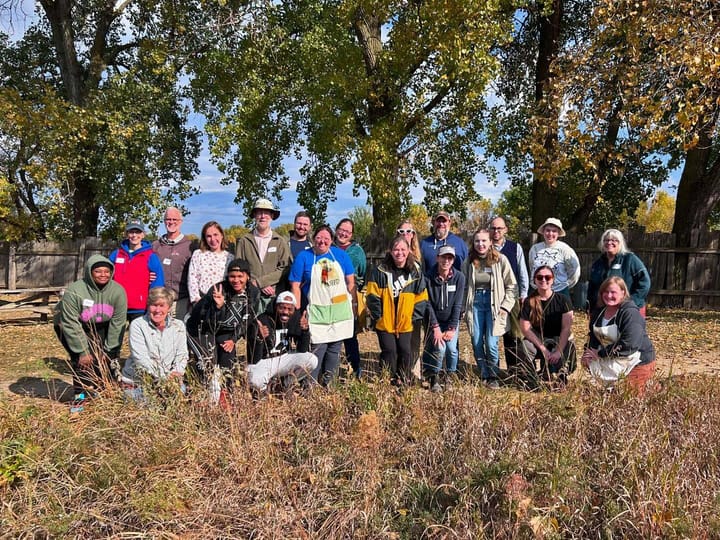
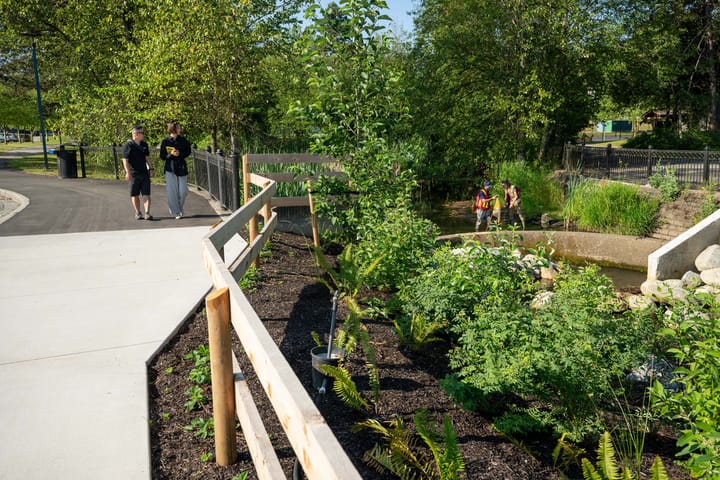
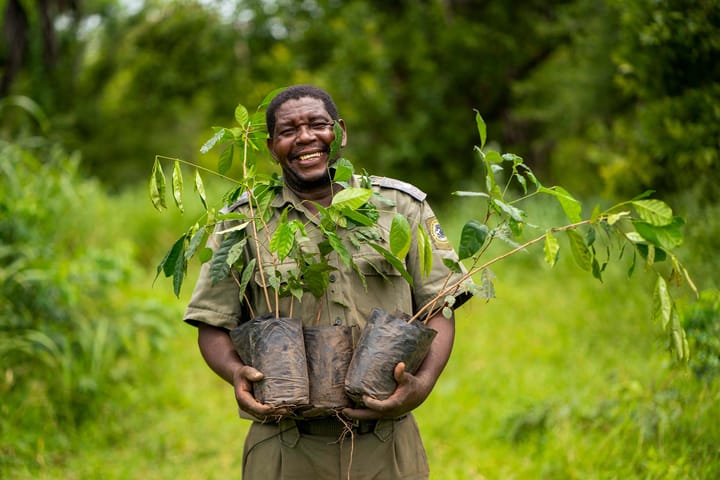
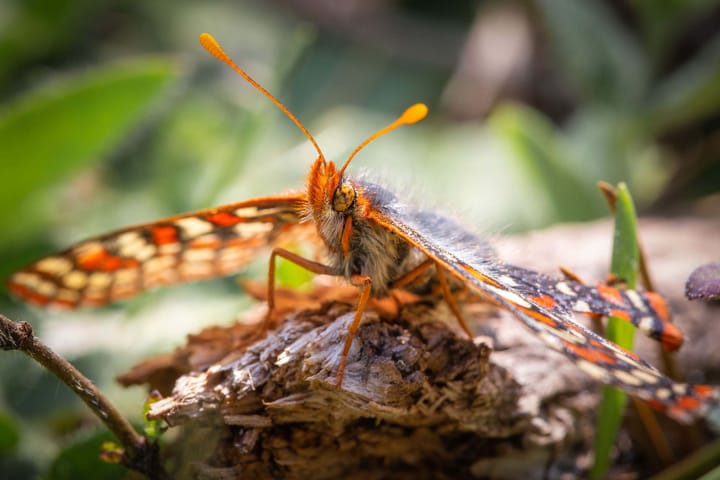
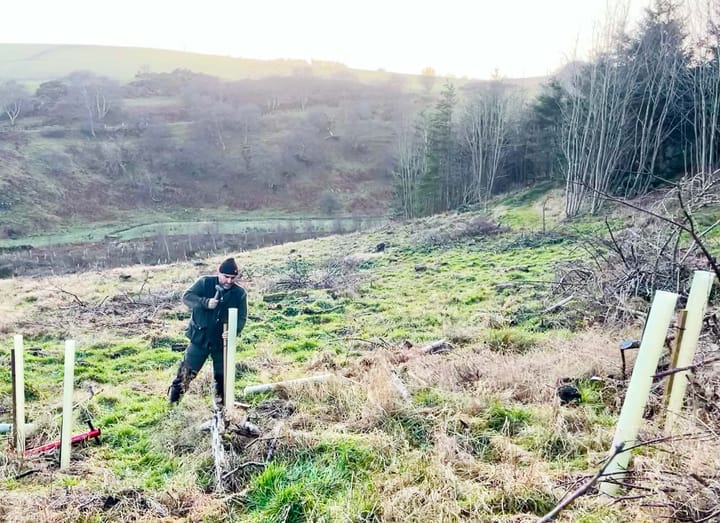
Comments ()